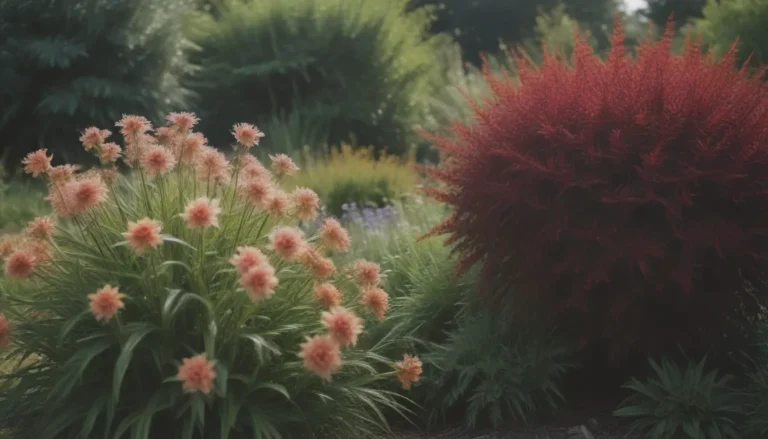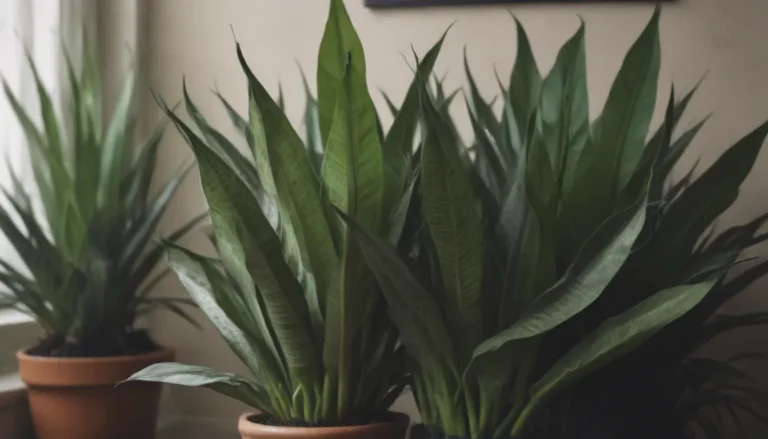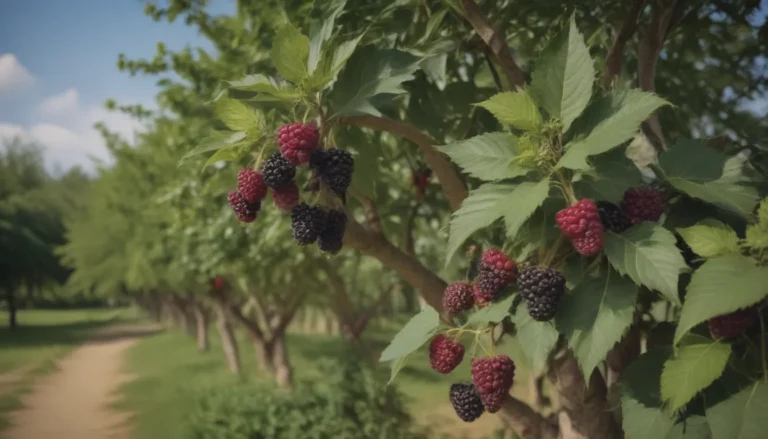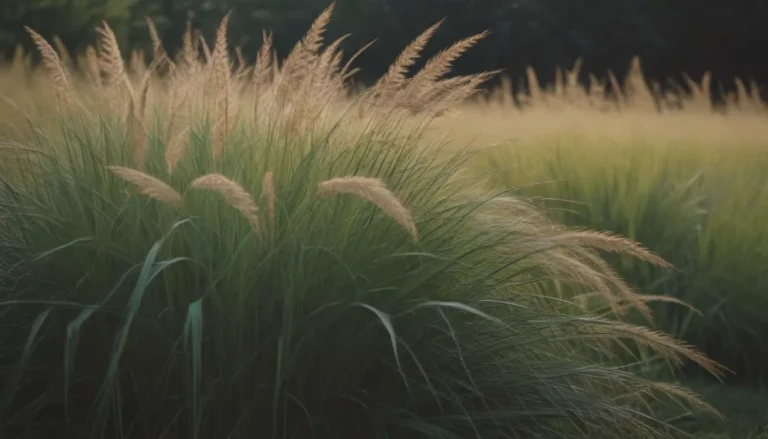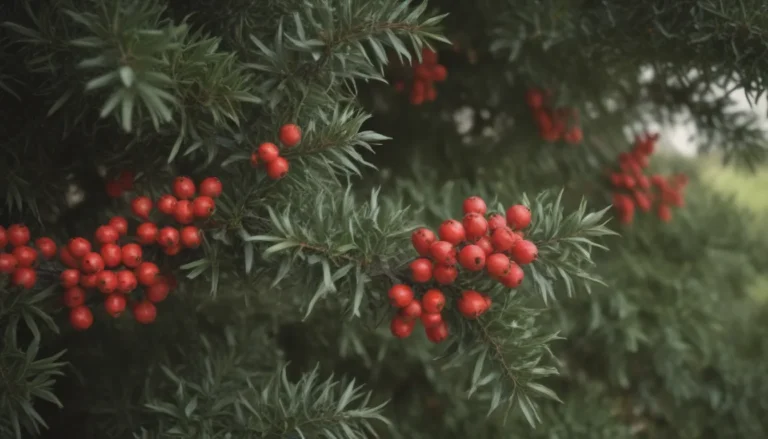Norway Spruce: Ultimate Plant Care and Growing Guide
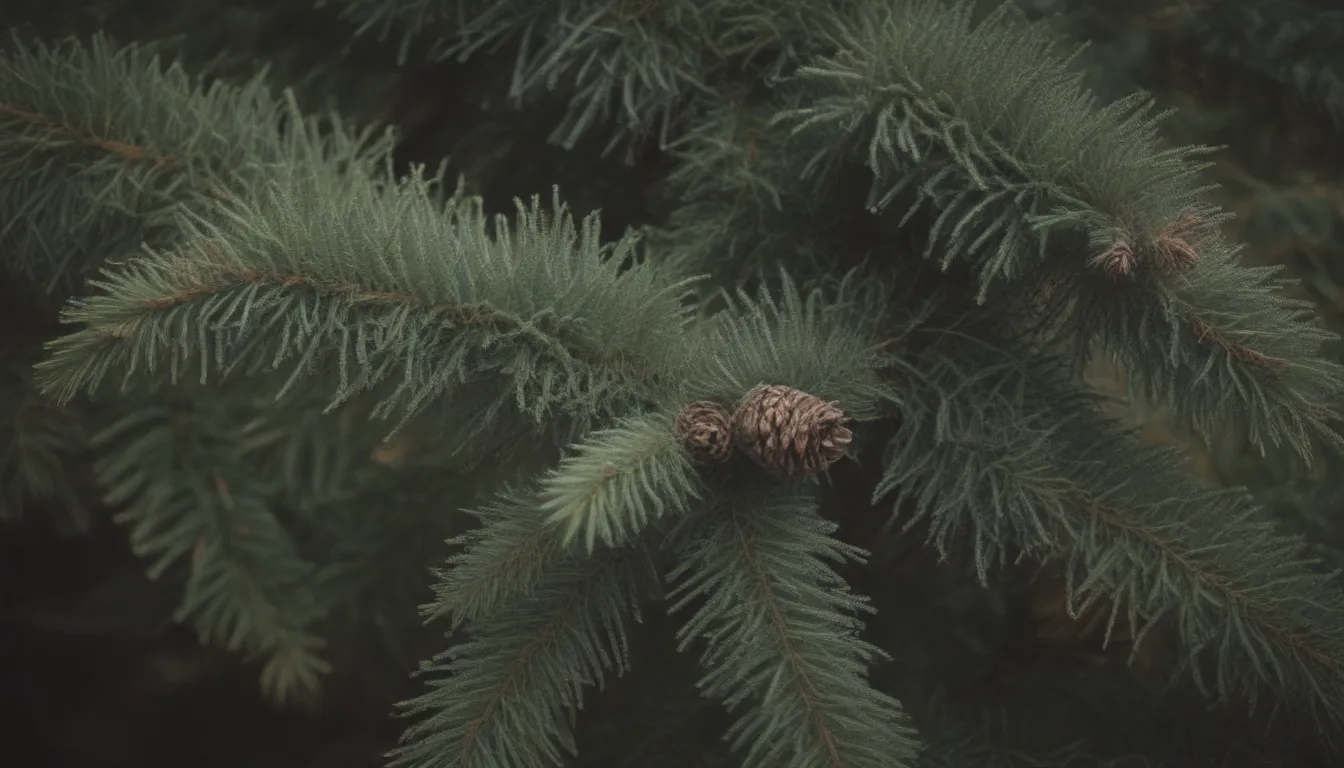
Welcome to our comprehensive guide on Norway spruce care and cultivation! If you’re a fan of this majestic coniferous evergreen tree, you’ve come to the right place. Whether you’re looking to plant a Norway spruce in your landscape or simply want to learn more about this iconic species, we’ve got you covered. Let’s dive into the world of Picea abies and explore everything you need to know about caring for these beautiful trees.
Getting to Know the Norway Spruce
The Norway spruce, scientifically known as Picea abies, is a staple in many holiday traditions as a popular choice for Christmas trees. This towering evergreen can reach heights of up to 60 feet, with some exceptional specimens stretching up to 100 feet. The distinctive grayish-brown bark and elegant 4 to 6-inch cones make the Norway spruce easy to identify.
Planting a Norway spruce in the spring or early fall (in USDA hardiness zones 2 through 7) will kickstart its rapid growth rate of 3 feet per year. These long-lived trees can thrive for hundreds of years, making them a lasting addition to any landscape.
Quick Tips About Norway Spruce
The Norway spruce is more than just a holiday decoration. Here are some quick facts to highlight the versatility and appeal of this beloved tree:
- It produces high-quality lumber with a straight grain.
- Its consistent pyramidal shape and dense foliage make it a great choice for landscaping.
- Norway spruce is cold-hardy and can tolerate frost down to -40 degrees Fahrenheit.
Norway Spruce Care
Growing a Norway spruce is straightforward as long as you select a suitable planting site. From light and soil requirements to maintenance tips, here’s what you need to know to ensure your Norway spruce thrives:
Light
Norway spruce thrives in full sun to partial shade, requiring a minimum of six hours of sunlight per day. Avoid planting in full shade, as these trees prefer a sunny spot to flourish.
Soil
Plant your Norway spruce in moist, well-drained, slightly acidic soil. Rich, sandy soil is ideal for promoting healthy growth and development.
Water
After the initial establishment period, Norway spruce trees are relatively low-maintenance when it comes to watering. Deep soakings are preferable, especially during the first year. Mature trees can withstand drier conditions but may require supplemental watering during prolonged dry spells.
Temperature and Humidity
Norway spruce is exceptionally cold-hardy but does not fare well in hot climates. These trees thrive in cool, temperate conditions and can withstand freezing temperatures with ease.
Fertilizer
Norway spruce typically does not require fertilization. Conduct a soil test before planting to determine if any amendments are needed. Minimal fertilization may be necessary based on the soil’s nutrient levels.
Types of Norway Spruce
With over 150 cultivars available, you’ll find a diverse selection of Norway spruce varieties to suit your landscaping needs. From weeping to dwarf cultivars, each type offers unique aesthetics and form. Some popular cultivars include:
- “Nidiformis”
- “Pumila Glauca”
- “Pendula”
Pruning and Propagation
Maintaining the natural form of a Norway spruce is essential, as these trees exhibit a graceful shape that most gardeners appreciate. Here are some tips on pruning and propagating your Norway spruce:
Pruning
While minimal pruning is required for Norway spruce, occasional maintenance may be necessary to address wind damage or dead/diseased branches. When pruning, make clean cuts just outside the branch collar to promote healthy growth and prevent disease.
Propagating
Propagating Norway spruce is best done through stem cuttings from young branches. Follow these steps to propagate your Norway spruce successfully:
- Take a cutting from a young, pliable branch.
- Plant the cutting in a suitable pot with well-draining soil.
- Provide consistent moisture and indirect sunlight for optimal growth.
Growing Norway Spruce From Seed
For those interested in starting Norway spruce from seed, here’s a simple guide to help you kickstart the process:
- Collect seeds from mature cones that have dropped.
- Soak the seeds in water for 24 hours to enhance germination.
- Plant the seeds in containers with moist soil and provide adequate sunlight.
- Seedlings should emerge within a few weeks, ready for transplantation after the root system develops.
Overwintering and Common Issues
Norway spruce trees are remarkably resilient to cold temperatures and can withstand harsh winter conditions. Mature trees require minimal overwintering care, while young saplings may benefit from a layer of mulch for insulation.
Despite their hardiness, Norway spruce can fall prey to pests and diseases when stressed or planted in unfavorable conditions. Common issues include Cytospora canker, rust, spider mites, and beetle infestations. Monitor your trees regularly and address any signs of disease promptly to ensure their long-term health.
Final Thoughts
In conclusion, Norway spruce trees are a fantastic addition to any landscape, offering beauty, longevity, and practicality. Whether you’re considering planting a Norway spruce in your garden or simply appreciate their role in holiday traditions, these evergreen giants have much to offer.
Remember to provide adequate sunlight, well-draining soil, and occasional maintenance to keep your Norway spruce thriving for generations to come. With proper care and attention, your Norway spruce will stand tall as a symbol of strength and resilience in your outdoor space.
We hope this guide has equipped you with valuable insights and tips for successfully growing and caring for Norway spruce trees. Happy planting!
